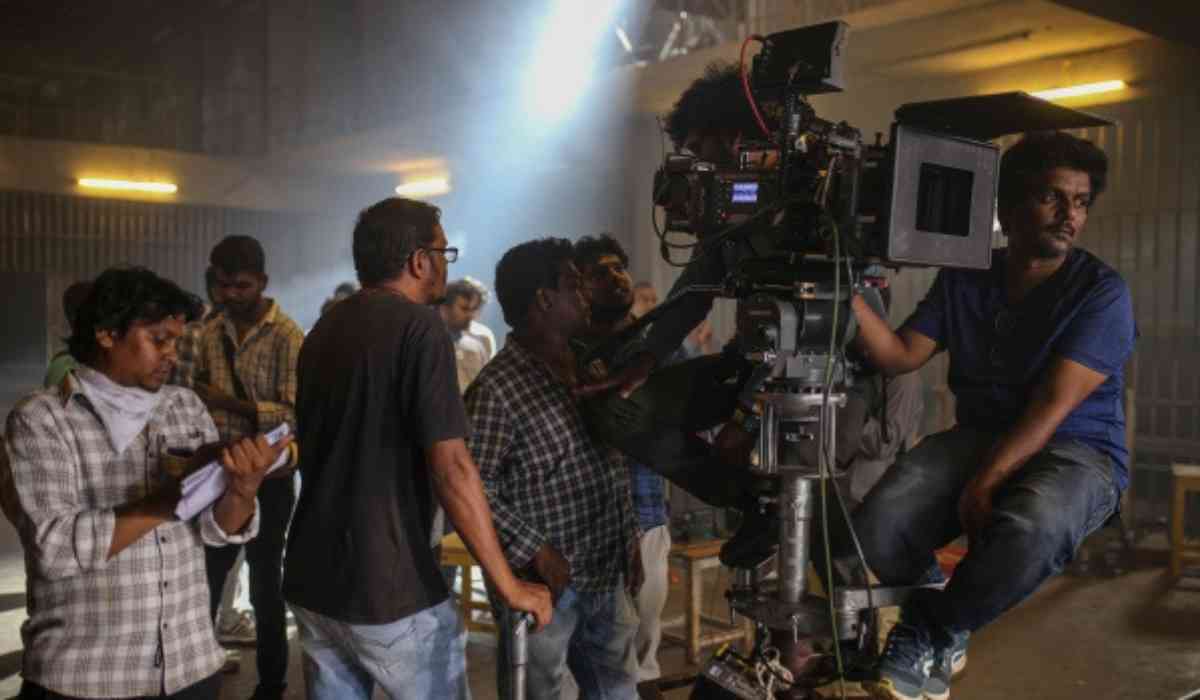The pay disparity in Bollywood is a complex and deeply ingrained issue that reflects broader systemic problems within the industry. While A-list stars and their entourages command exorbitant fees, those who form the backbone of filmmaking—writers, technicians, and supporting actors—struggle to earn a dignified wage. The industry's economic model, heavily skewed towards rewarding star power, has led to a scenario where even successful films fail to be profitable due to bloated budgets. For Bollywood to sustain its growth and creativity, a more equitable distribution of resources and recognition of the contributions of all stakeholders is essential.

The Illusion of a Booming Industry
Over the last few weeks, various stakeholders in the industry have spoken about why a cloud of gloom is slowly settling in on Bollywood, which just last year recorded a mammoth Rs 5,000 crore gross. Several actors, writers, and editors revealed how Hindi film producers are now doubling down on cutting their paychecks to accommodate top stars' unregulated fees and demands. If the industry had a successful year on paper, why are most films going back to the drawing board, being put on hold, sent back for budget revisions, or scrapped altogether? One of the answers that echoed strongly was: The fault in our stars.
The Cost of Stardom
- The Extravagance of Entourages
The shooting of a film with a star is underway. There is a lunch break, but the star’s entourage is dissatisfied with what is being served. They collectively decide to order in from a high-end Mumbai cafe. When the coffee and vegan food arrive, the production is promptly handed over the bill of Rs 15,000 for one meal. It has to be paid for by the producer, whose set food for the entourage sits there cold. Parallelly, not far from where the set madness was happening, an actor’s fee for a supporting cast role is being negotiated by a producer. For a day’s job of Rs 30,000, the production is willing only to pay Rs 6,000. Why? "Because market mein paisa nahi hai," the actor said sarcastically. "Most of the film’s budget goes to the star, then the entourage fees. So, by the time they come to others, they start cost-cutting."
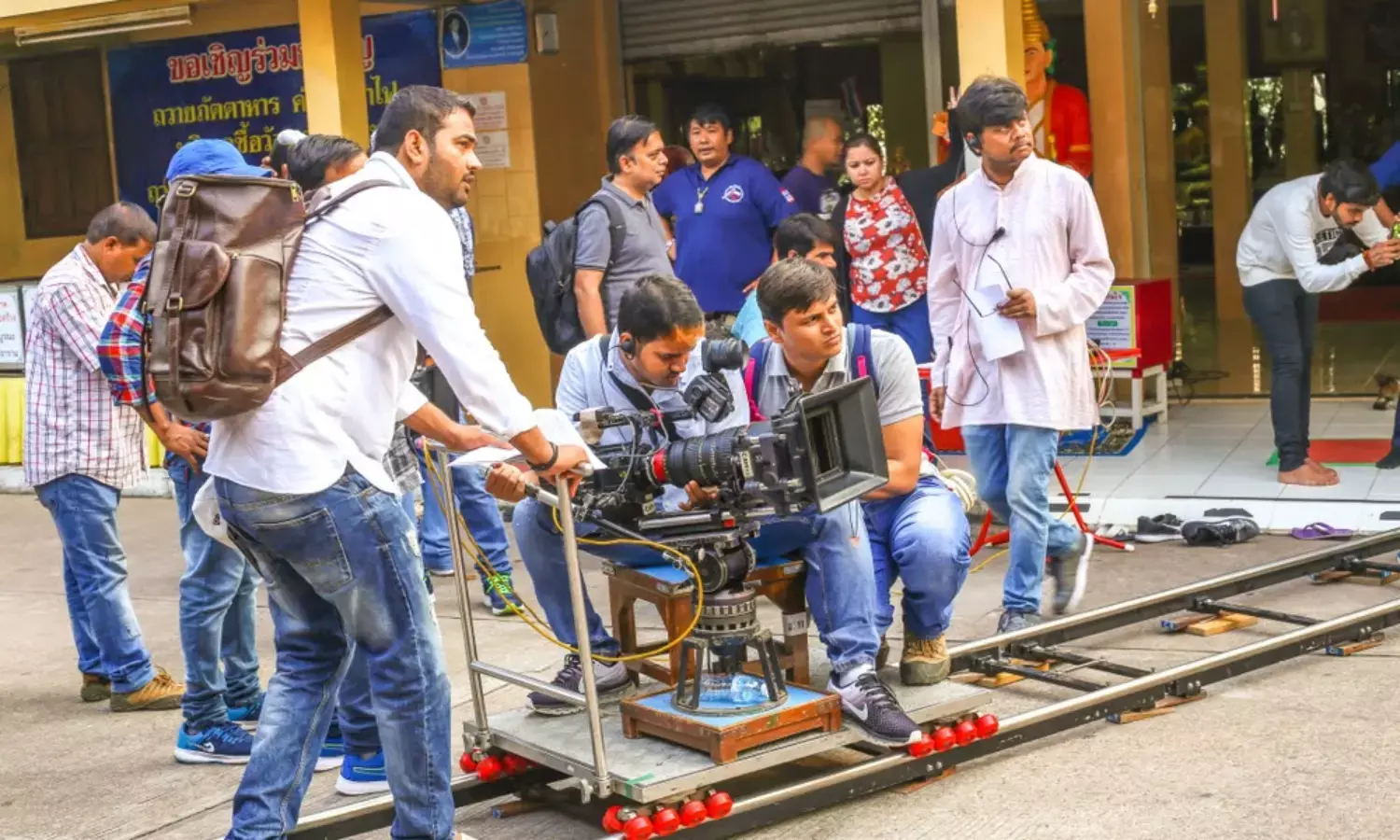
- The Economics of Overhead Costs
A previous media report had listed the economics of overhead costs of a film, where the spot boy of a star on average would charge Rs 25,000 per day, personal security would pocket Rs 15,000 per head per day, and a stylist would charge up to Rs 1 lakh. Trade analyst Komal Nahta had earlier revealed that Akshay Kumar charged over Rs 100 crore for "Bade Miyan Chote Miyan" while Tiger Shroff charged Rs 35-40 crore – a staggering figure that burdened the actioner. This exorbitant pricing of the staff and the star fees is in complete contrast to what people working in every other department end up earning in a film, including the writers.
The Struggles of Writers and Technicians
- Writer’s Block
Established writers in the film industry charge anywhere above Rs 75 lakhs, and some even quote Rs 2 crore. The second slab for mid-level writers is around Rs 50-60 lakhs, for those with one moderate success, the slab is between Rs 25-30 lakhs. It is the newcomers who are the most vulnerable to exploitation, often being muscled into a pay of Rs 2-3 lakhs. "When a writer goes to negotiate his fee, the makers often say, ‘Oh no, not this much, you are a new writer.’ How does that matter?" veteran writer Anjum Rajabali, Senior Executive Committee Member, Screen Writers Association told a media house. "We need to establish a minimal fee, which should be Rs 12 lakhs for a writer. Because it is a new writer, they will squeeze and give them just Rs five lakhs. You have saved Rs seven lakhs, but your star is pocketing Rs 55 crores. Can you get rid of Rs seven lakhs from his fees?"
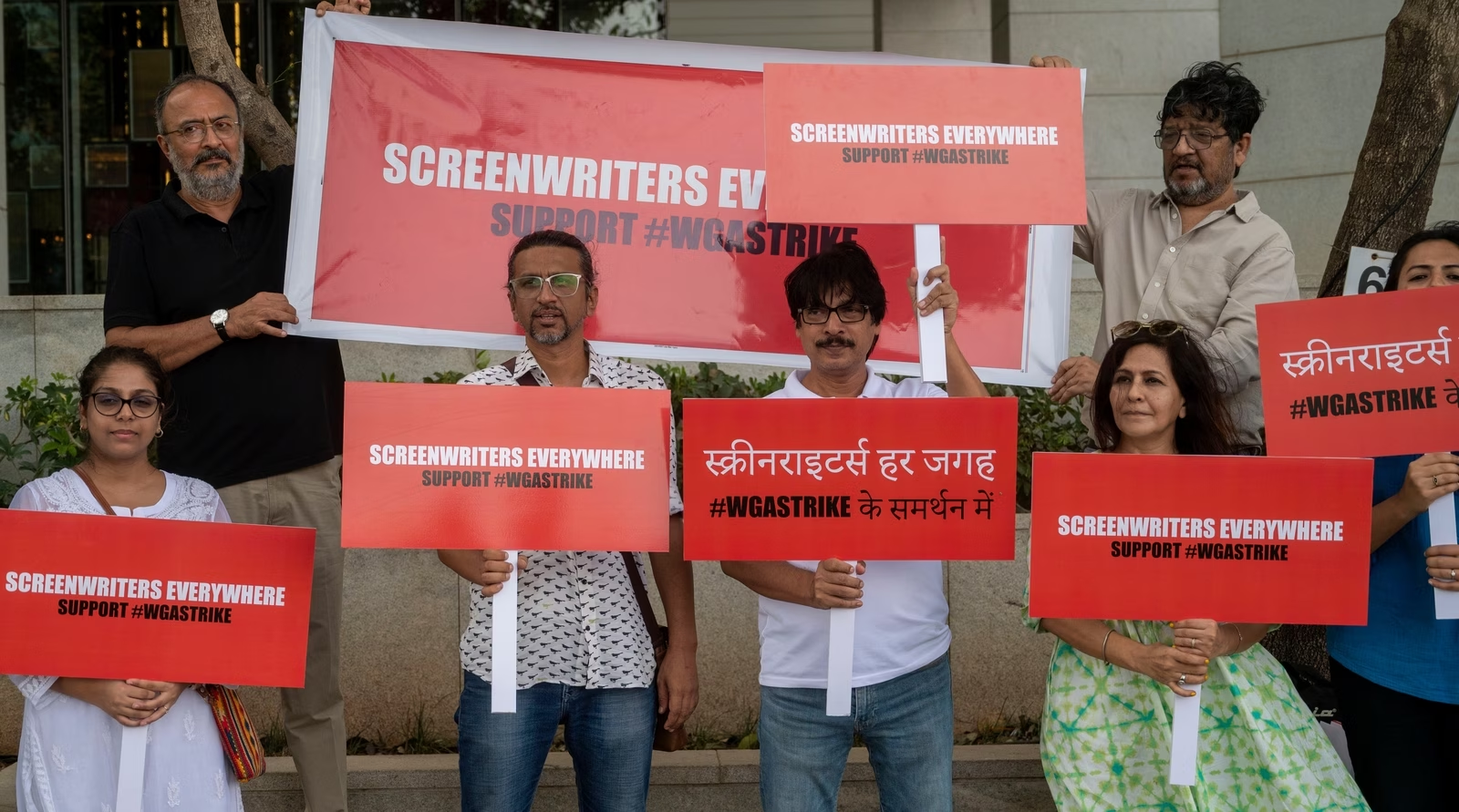
- Technicians and Editors
Multiple screenwriters have said that the stars and the entourage costs are “chewing up the budgets,” which often leave them with little money. A writer, who penned a beloved 2023 film, was shocked to learn that a female star’s entourage cost Rs 16 lakhs a day. "And I am still struggling to get that money for an entire film! When you are always trying to get enough money to survive, you can’t ever write in peace." This disparity happens even in big studio films if a new writer is involved. "A hairdresser, stylist of a star will end up earning more than the writer. What is their contribution to
An industry source said Bollywood is going through a troubled time, and no one, apart from the top creamy layer, is benefiting. “It is a sad condition, no one is ready to take risks, think things through, nothing is working. It is a mess. Only the star films are getting made. There seems to be a pay crisis across the board, not just writers.”
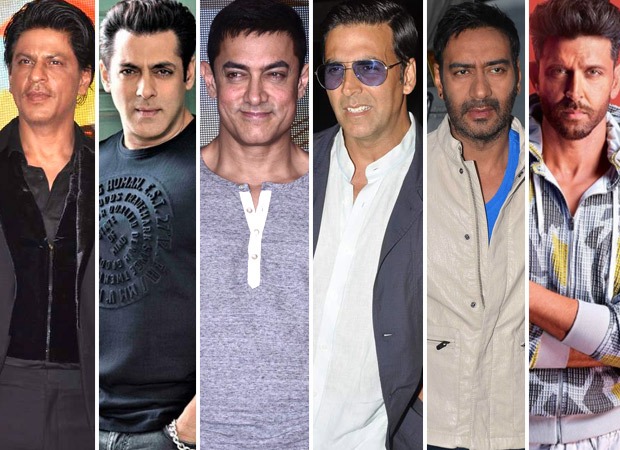
- We Need Stars, Not Actors
It isn’t only star vehicles that lead to cost-cutting. An actor featured in a beloved recent film came on board for a day’s work in the movie. It was a small part, paying the actor Rs 15,000, which they would receive in parts. The first part of the payment was made, but the second part never came, despite the film being bankrolled by a major production house. The actor felt too low to even ask for the remaining Rs 7,000 from the makers, who earned in crores through theatricals and later OTT rights.
An actor, acclaimed for her phenomenal work on the big screen and now streaming, said the pay is brutally lopsided. “A lot of time an actor like me will get paid the same amount that one’s hairdresser must be getting. What I earn for a film, after coming on board understanding the constraints, one person from the entourage pockets in a day.”
- Disparity in Payment Across the Industry
Another actor, who has mostly done supporting roles, recalled how a producer approached them for a film that had a decent role and a popular cast on board. The fee was Rs 7,000 per day. “I know they would have spent obnoxious money on marketing and other aspects. After years of experience in the industry, actors like me are finally turning down some roles because we are not paid well. But it is coming with enormous risks,” the actor says.
Actors, who the industry doesn’t see as “commercially viable,” bear the brunt when it comes to pay. A rise in the budget of a film helps no one, as it makes its recoveries slimmer, even if the film manages decent numbers at the box office.
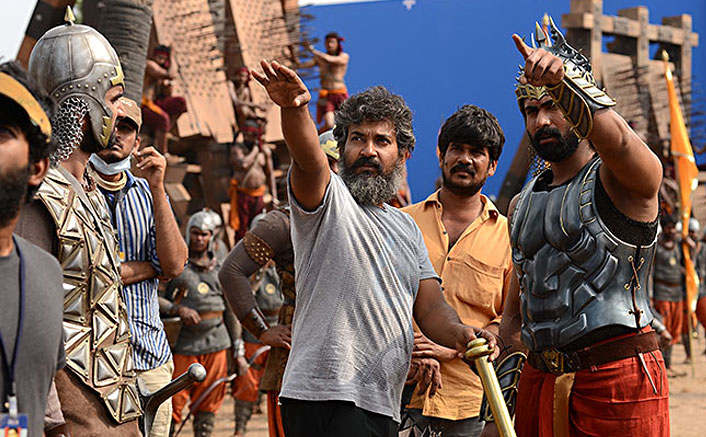
The Economic Fallout of High Budgets
An earlier media report this year also talks about the poor first quarter of Bollywood. Komal Nahta had slammed some of the movies that went over budget, thereby affecting their recoveries. Kareena Kapoor-Tabu-Kriti Sanon starrer "Crew," for example, netted Rs 89 crore all India upon its release. “But its budget was so high that it will break even, barely. You can’t make a Rs 80 crore film to say I got Rs 80 crore back,” Nahta had shared.
An industry source revealed that this is primarily what has put a stop to a series of movie announcements in the industry. “If your film was made on a budget of Rs 50 crore and it does Rs 100 crore, you are in a position to keep the profit rolling and immediately invest in the next project. But now, when your mid-sized films on paper are mounted on a budget of Rs 100 crore and they get that much in return, you will naturally pause and reflect on what is going wrong and where.”
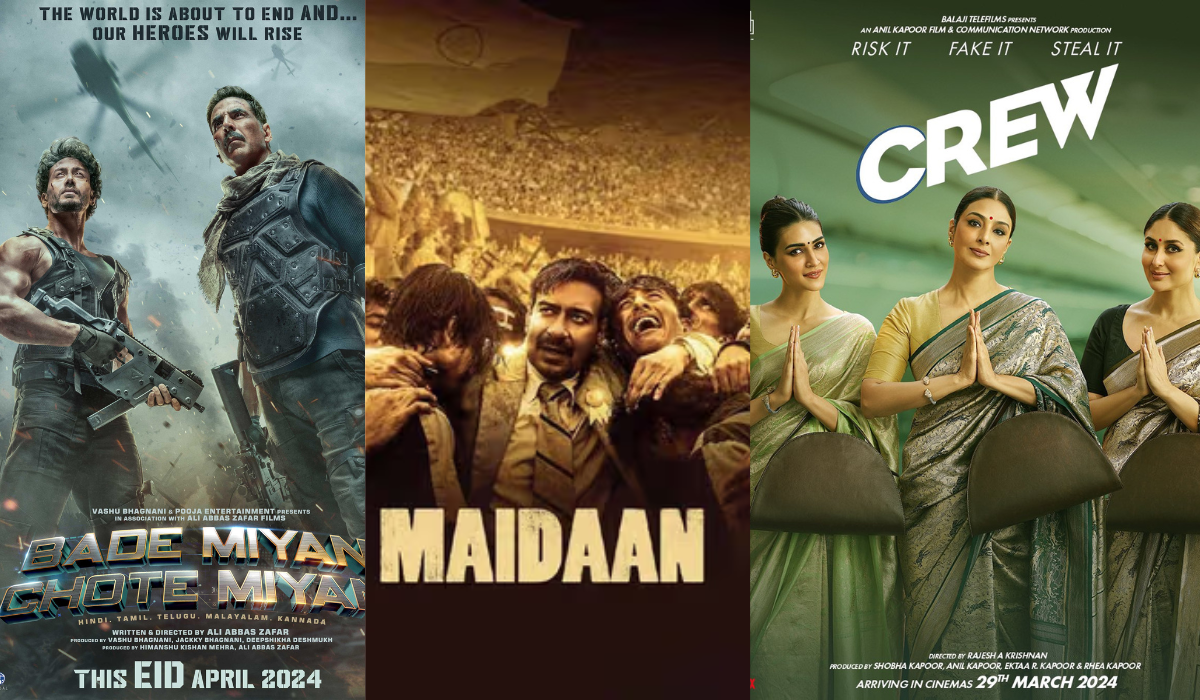
Sources close to film production shared that post-pandemic, when the market went digital, streamers started paying huge sums of money to makers to acquire their films and to actors to act in their original projects. Star fees were suddenly hiked, so those who would charge Rs 5 crore for theatrical films were suddenly given Rs 15 crore to entice them to come on their platform.
“Now, once they started earning that amount, it became the norm when the situation became normal post-COVID. So, suddenly, you had a host of mid-range stars charging anywhere between Rs 15 crore to 30 crore, while their box office for day one of their films was often in single digits. The producers thought the digital revolution would start showing results even theatrically, so the fee was retained, but almost every film bombed, and now, everyone has hit a crisis,” the source added.
Voices from the Industry
Amid rising discussions in the film industry about the exorbitant entourage costs of actors and outrageous demands by some stars, Kriti Sanon says it is important to understand what is necessary for a film and what is a luxury, which will ultimately be a wasteful expense not contributing anything to a project.

With a lackluster first quarter for Bollywood, coupled with mega failures of Ajay Devgn’s "Maidaan" and Akshay Kumar-Tiger Shroff fronted "Bade Miyan Chote Miyan," the industry has been abuzz with a renewed spotlight on star fees and, especially, the entourage cost of actors, which burden a production.
During an interview with Film Companion, journalist Anupama Chopra asked if the entourage situation is out of control today. Kriti replied that hair, makeup, and costume are extremely important, and sometimes even they end up having their assistants because of the kind of work that there is. “Apart from that, I feel, a trainer or a nutritionist, depending on the role… In my case, there have been many situations where my body is of no concern to the producer or the director, so if I am training and taking a trainer, I pay that cost. You have to balance what is needed for the film, and what is not. It can’t be an unnecessary expense,” she added.
Inputs by Agencies
Image Source: Multiple Agencies
Ⓒ Copyright 2024. All Rights Reserved Powered by Vygr Media.

